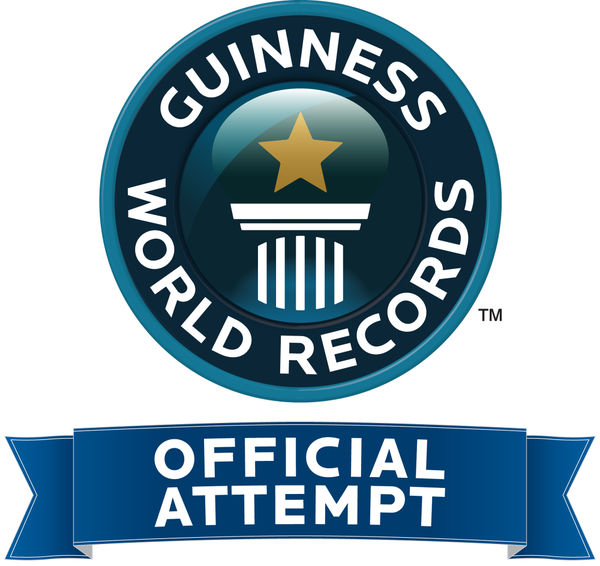 When I was a pre-teen girl (age 9 to 12 maybe) in a small West Texas town growing up I read fan magazines by the dozens. Falling in love with male and female stars both, No, I wasn't confused about my sexuality. I had no idea what homosexual or heterosexual was, I just loved to see beautiful movie stars and handsome movie stars and dreaming about being a movie star myself someday.
When I was a pre-teen girl (age 9 to 12 maybe) in a small West Texas town growing up I read fan magazines by the dozens. Falling in love with male and female stars both, No, I wasn't confused about my sexuality. I had no idea what homosexual or heterosexual was, I just loved to see beautiful movie stars and handsome movie stars and dreaming about being a movie star myself someday. Girls my age wrote fan letters to stars back then: Dear Miss Monroe, I thought you were really, really good in The Seven Year Itch. I saw it 3 times. Sincerely, Jan BarrowYet my absolute favorite stars were in Westerns: Roy Rogers and Dell Evans.
Dear Mr. Rogers, Did you really fall in love with Miss Dale Evans when you first saw her? Sincerely, Jan Barrow.We wrote letters to those we admired. Put them in envelopes, addressed them after we searched and searched for an address, licked a stamp to put on the envelope. We made sure we put out return address in big letters, both inside and out. Jan Barrow, Box 413, Post, Texas. Then walked the four long blocks to the post office to mail it. Surely you remember waiting and hoping day after day that you might one day get an answer back.
Just when you had given up hope a letter came. Oh no, it wasn't a letter BUT it was an autographed picture of Roy and Dell and Trigger. Does anyone remember the name of Dale Evans' horse†?? (Answer at the end. And I didn't have to look it up but it did take me a couple of minutes to remember it.) I would guess that Trigger was one of the most famous horses ever who wasn't some race horse. Oh yeah. How could I ever forget the Lone Ranger's horse Silver. He yelled, Hi-yo, Silver at least 3 times in every movie.
Even when I was a grown woman and had three kids I wrote two fan letters. One was to a television star, Dennis Weaver, who played in a series called McCloud. About a lawman working in Manhattan, riding his horse, cowboy hat and all. I wrote to him just to tell him how much we enjoyed his show and wished it was on every week. He wrote a nice note back, with an autographed photo and asking me to write to the network which I did. I think the show was on for five or six seasons, can't remember for sure now. But my husband and I really enjoyed that show.
The second fan letter I wrote as an adult was to Isaac Asimov. Thanking him for all the wonderful stories and books he had written through the years. Told him I was hoping to be published one day. He wrote me back on a postcard thanking me for writing and telling me to keep writing. I was lucky enough to meet him in 1988, the first time I ever went to the Edgars in NY City.
 |
| Isaac Asimov. Yes, that's me in my fancy hat. |
I got to write to Tom when he was undergoing cancer treatment to tell funny story about his fan letter to me in hopes of giving him a laugh. A few days after I got this letter from Tom, I was visiting my daughter and her family in Ft. Worth. I mentioned the fan letter and since I had it in my purse, I pulled it out and read it out loud at the dinner table. Her husband, Stin asked me to repeat the man's name. I said, Tom Piccirilli. And Stin said, that sounds like the name of a newly discovered disease. "Sorry, ma'am. you have Pictorial. Hate to tell you we don't have a medication to treat Piccirilli yet, but the CDC is working on it and we hope to have a Piccirilli vaccine soon."
I only got a couple more fan letters after that because suddenly we had the Internet and people could write to you via e-mail. Now they write to you on FB or Twitter. They write nice notes but somehow I miss real fan letters.
† Dale Evan's horse was named, Buttermilk. Whatever happened to Trigger and Buttermilk and their German Sheppard, Bullet, I'll suggest you Google, it's interesting. If you're curious about that sort of thing.
Art Taylor, we congratulate for winning the macavity Award for Best Short Story “Parallel Play” (Chesapeake Crimes: Storm Warning, Wildside Press).
Bonnie Stevens, we congratulate for winning the Anthony Award for “The Last Blue Glass” (Alfred Hitchcock Mystery Magazine, Dell, April 2016).


























